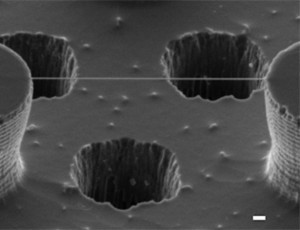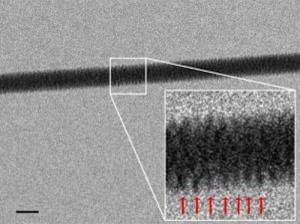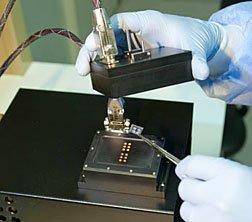Scientists have figured out how to use DNA for data storage, by storing the data in ternary format (zeros, ones, and twos) rather than binary (ones and zeros) like typical computers. This isn’t just theoretical…they stored and retrieved an audio recording of Martin Luther King, and other information as well. This has the potential to store massive amounts of data in a very compact space for long periods of time…it’ll be interesting to see how this technology is applied in the coming years. Read more here.
This does make me wonder though…if we can manipulate DNA to this level…do we then have the potential to create new forms of life? We’re a long ways away from understanding the entire DNA code and being able to ‘program’ a new strand of DNA to do something, but that won’t stop people from trying.




